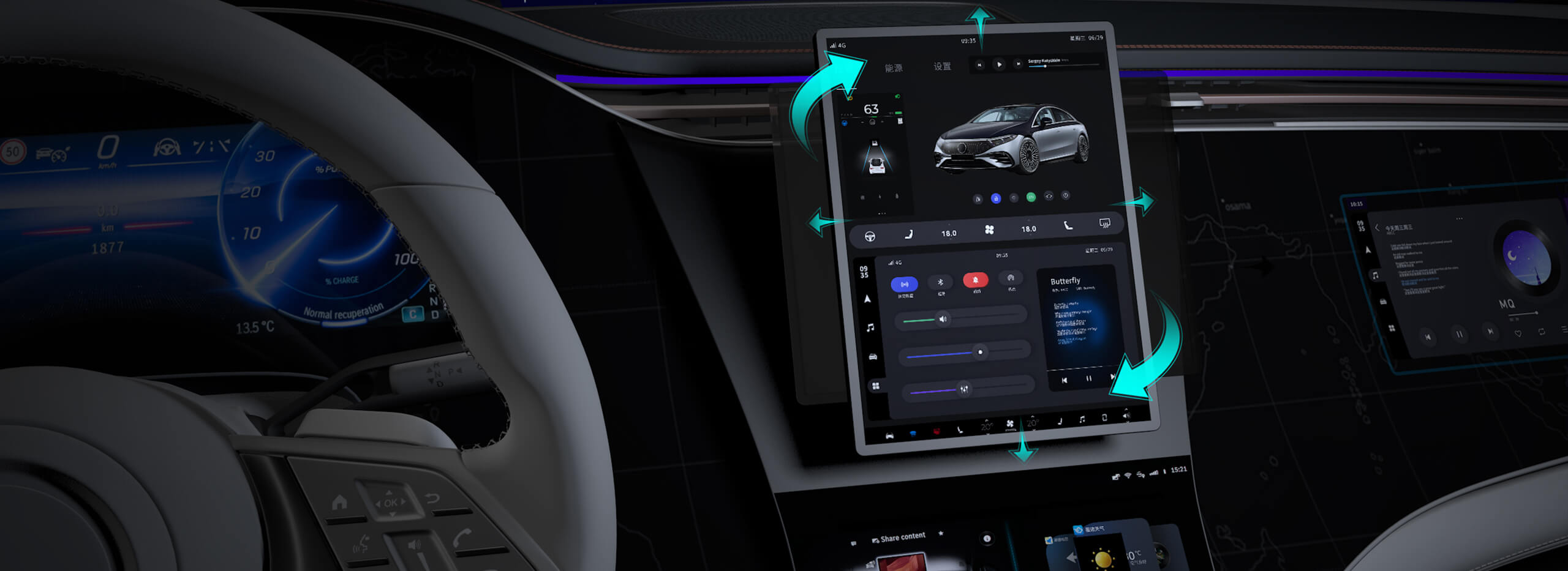Unlocking the Next Generation of Hybrid Cloud with Windows Server 2025 and Self-Hosted Azure Arc AKS
As the digital landscape evolves, enterprises are continually seeking innovative ways to modernize their infrastructure, ensuring agility, security, and scalability. Windows Server, a longstanding pillar of enterprise IT, is set to usher in a new era with its hypothetical Windows Server 2025 release—an iteration that promises unprecedented integration with hybrid cloud solutions. Central to this evolution is the combined power of Azure Arc and Azure Kubernetes Service (AKS), especially in the context of self-hosted deployments.

Redefining Hybrid Infrastructure
Windows Server 2025 is expected to extend its legacy by deepening support for hybrid environments. The integration with Azure Arc takes center stage by enabling organizations to manage their on-premises, multi-cloud, and edge resources uniformly through a single control plane. Imagine running Windows Server instances in your data center but managing and orchestrating them with the same ease as cloud-native resources—this is the promise of Azure Arc on Windows Server 2025.
One of the most compelling features set to arrive is self-hosted Azure Arc. Unlike traditional cloud-connected management that relies on external infrastructure, self-hosted Arc means organizations can run the management layer within their own infrastructure. This adds an extra layer of control and security—perfect for industries with strict compliance needs or data sovereignty concerns.
Deepening Kubernetes Integration with AKS
Kubernetes has become the de facto standard for container orchestration, and Azure Kubernetes Service (AKS) has led the charge on cloud-native container management. In Windows Server 2025, Microsoft is rumored to enhance AKS's capabilities to seamlessly integrate with self-hosted environments, particularly via Azure Arc-enabled Kubernetes clusters.
This means you could deploy a self-managed Kubernetes cluster—hosted either on Windows Server 2025 or other hardware—and connect it directly with AKS through Azure Arc. The result? A unified management experience, consistent security policies, and simplified deployment pipelines across diverse environments.
Key benefits include:
Unified Management: With Azure Arc, administrators can monitor, update, and troubleshoot their Windows Server and Kubernetes resources from a centralized portal, regardless of where they are hosted. Hybrid Consistency: Whether deploying services on on-prem hardware, at the edge, or across multiple clouds, the experience remains consistent, reducing complexity. Enhanced Security and Compliance: Azure Arc's policy management, combined with Windows Server 2025's security features, offers a robust foundation for compliance-driven organizations.
Innovations in Virtualization and Containerization
Windows Server has long been a bastion for virtualization, and with Windows Server 2025, virtualization is expected to be further intertwined with container orchestration. Expect native support for advanced container features, including:
Improved container isolation and security mechanisms. Enhanced support for Linux and Windows containers running side by side. Integration with Azure Container Apps for serverless container deployment.
The convergence of these technologies supports a hybrid cloud-native strategy, enabling IT teams to deploy and manage complex workloads efficiently across on-premises and cloud environments.
Automation and AI-Driven Operations
With the rise of AI, Windows Server 2025 is projected to incorporate intelligent automation tools. Through integration with Azure Machine Learning and AI services, organizations can:
Predict and prevent system failures. Optimize resource utilization dynamically. Automate routine tasks, freeing up human resources for strategic initiatives.
This AI-driven management facilitates proactive infrastructure operation—crucial in minimizing downtime and enhancing performance.
Real-World Use Cases
Imagine a multinational corporation running sensitive financial applications in their private data centers. With Windows Server 2025, they can deploy a self-hosted Azure Arc management layer, seamlessly connect their on-premises Windows Servers and Kubernetes clusters, and leverage AKS to run containerized microservices. Governance policies are enforced across all environments, backups are automated, and security is continuously monitored—all from a unified portal.
Similarly, edge deployments—say, for IoT or manufacturing—become more approachable, with Windows Server 2025 supporting lightweight, secure, and manageable nodes at remote sites via self-hosted Azure Arc.
Part 2 will delve deeper into deployment strategies, security considerations, and future outlooks for Windows Server 2025 and self-hosted Azure Arc AKS integrations, including expert insights on managing the hybrid cloud landscape effectively.
Leveraging innovations in modular drive technology, Kpower integrates high-performance motors, precision reducers, and multi-protocol control systems to provide efficient and customized smart drive system solutions.




































